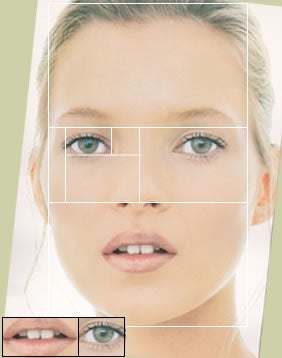The Fibonacci sequence is a series of numbers where a number is found by adding up the previous 2 numbers, starting with 0 + 1.
0, 1, 1, 2, 3, 5, 8, 13, 21, 34, 55, 89, 144, and so on. For example, the 5 was found by adding the previous 2 and 3 together. It can also be written as a rule ×n-1 + ×n-2. The sequence is named after an Italian man named Leonardo Pisano Bogollo who was alive between 1170 and 1250. The sequence can also be illustrated as a sspiral when squares are made within the widths of the sequence numbers.

The Fibonacci sequence also relates to the Golden Ratio (PHI) which can be described as the ratio between any two consecutive numbers in the Fibonacci sequence. This ratio is considered to be the most aesthetically pleasing to the eye and for this reason it can be found to be used in many forms and places. For example, it can be found in architecture within the building design as they are considered more attractive to look at using this ratio.

Fibonacci in Nature.

Fibonacci in a galaxy.

It can even be found in your face!

